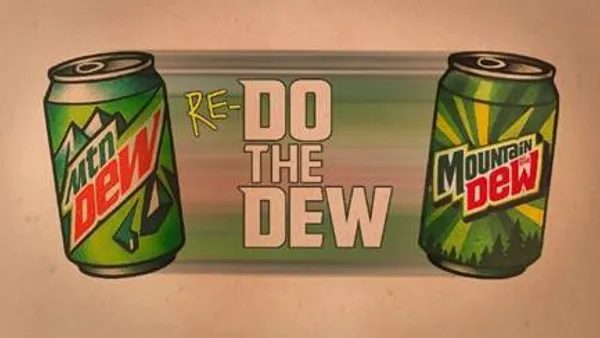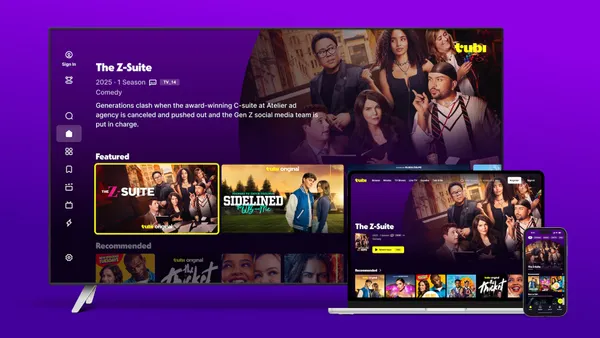Dive Brief:
- User-created content (UCC) accounts for 39% of media hours versus 61% for traditional studio media, according to new research from the Consumer Technology Association (CTA) and YouGov that was emailed to Marketing Dive.
- Teens spend 56% of their time on UCC while consumers aged 55-plus spend just 22% of their time on it. Twice as many consumers report difficulty finding something to watch on traditional TV or recorded DVR than on UCC platforms like YouTube, Instagram and TikTok.
- The report highlights the creator economy's growing role in the media landscape, particularly among teenagers, with consumers increasingly streaming user-generated videos the way previous generations used to watch TV. The survey included more than 2,000 U.S. consumers ages 13 and over with mobile phones.
Dive Insight:
The pandemic has given a boost to the user-created content marketplace, with consumers saying they are watching more of this content now than they did a few years ago, per the CTA report. Beyond looking for entertainment, some of the top reasons consumers seek out this content include learning how to do something, to consume content on niche topics and to watch content not on traditional TV.
With UCC, brands have an opportunity to leverage the experiences of everyday customers. While such customers may not have large followings, the content is more authentic, which has the potential to deliver a deeper connection with followers. Brands including DoorDash, Equinox and Diageo are developing creator partnerships that run the gamut in terms of opportunity and process. For example, as cable subscriptions fade and social media platforms like TikTok come to the fore, restaurateurs are noticing the value in featuring content from creators to make themselves more visible and recognizable.
In a reflection of how UCC is impacting the monetization of content, more than one-third of consumers pay to support the content they like via subscriptions, tips and purchasing either merchandise and fan experiences or a la carte content. Seven percent of U.S. consumers 13 and older — nearly 20 million people — are monetizing content online in some way, per the CTA report. More than anything, full-time creators are driven by financial reasons. Full-time content creators earn an average of $768 per month with about a quarter coming from merchandise or fan experiences, a quarter from content subscriptions, a quarter from a la carte payment for content, 16% from tips and 2% from other sources.
Gaming, audio and music have fewer content creators but more of them are making money through their efforts. Creators monetize two or three content categories on average; images, text and video content are the most popular categories.
As TikTok's popularity continues to gain, other platforms are introducing offerings designed to entice creators to produce content. In December, Facebook introduced a professional mode for profiles in the U.S., allowing creators new revenue opportunities and providing tools to help grow their audience.












